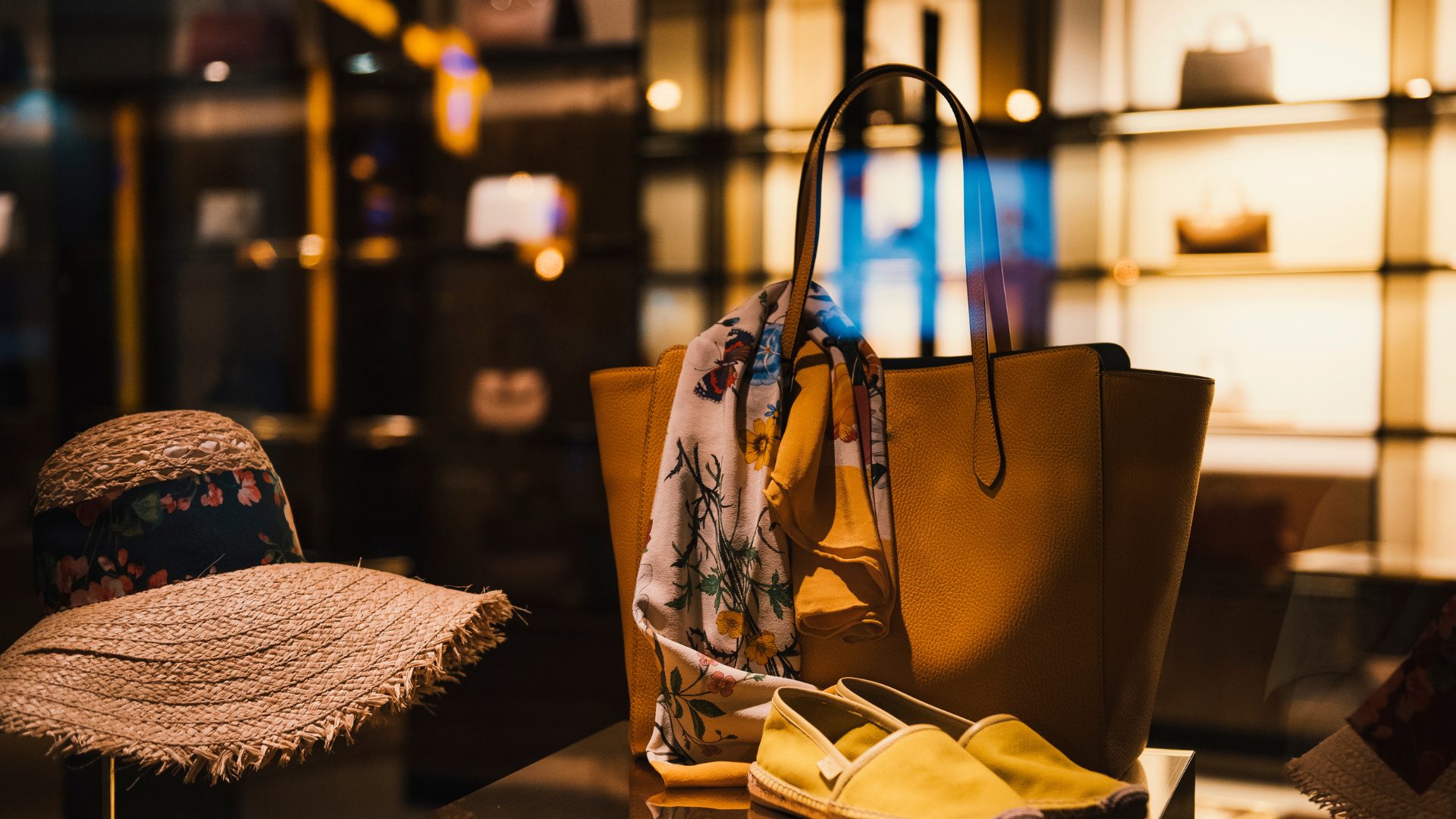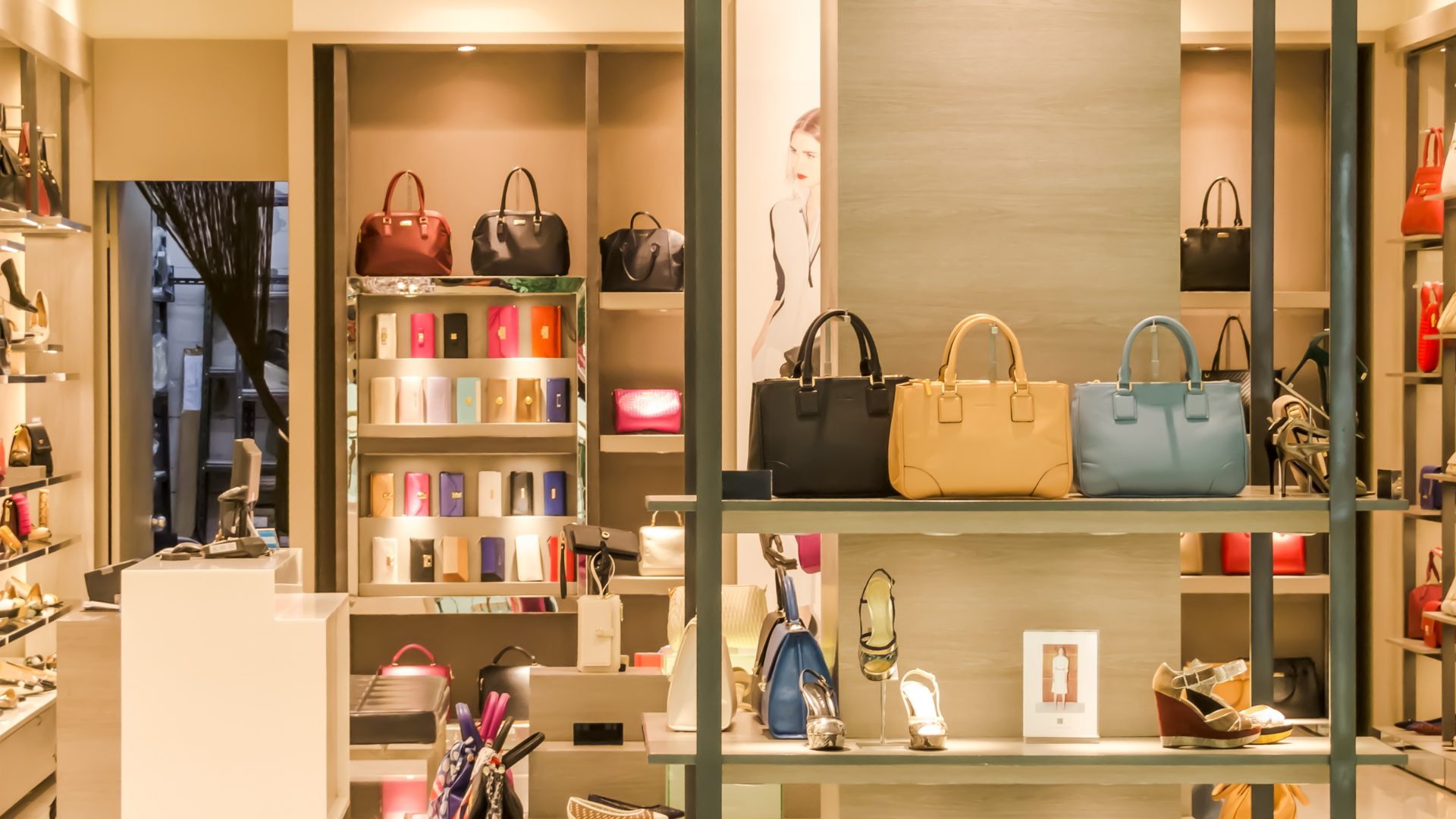There are few industries as attuned to trends as high fashion. Each year, predictions about the next big thing become the norm. The luxury retail sector has showcased remarkable resilience, persistently rebounding and reinventing itself. Embracing novel trends and harnessing cutting-edge technology, the industry actively appeals to a younger clientele. Now, let us delve deeper into the pivotal trends shaping luxury retail.

Unveiling the Latest 5 Trends in Luxury Fashion
1. Haute Couture is back
Amidst the pandemic’s challenges, a noteworthy trend has emerged: the wealthy have experienced financial growth while many others faced struggles. Presently, there is a growing number of clients that are channeling their wealth into exclusive garments, exquisite jewelry, and luxury timepieces. In response, renowned high fashion brands like Dolce and Gabbana have curated online experiences specifically tailored to cater to these evolving trends.
2. More Digital Transformation
Leading global brands have successfully navigated the transition towards digital transformation. With projections indicating that online sales will account for 20% of luxury goods sales by 2025, these brands are enhancing their digital presence by offering enticing perks to customers, such as personalized gift packaging in stores and VIP access to exclusive events. They are also actively engaging with their customer base through popular social media platforms like WhatsApp and Facebook Messenger.
Luxury fashion brands are leveraging cutting-edge technology to elevate the customer experience. For instance, one platform that is rapidly rising in e-commerce popularity for luxury enthusiasts is 24S. As part of the LMVH group, they are the exclusive online partner of Louis Vuitton, Dior, Celine and Moynat globally, while working with other top-brands and collections like Lanvin for women, accessories from Fendi and new collections.
Talking about LMVH and digital transformation, Louis Vuitton also unveiled a new online chatbot service at VivaTech, utilizing artificial intelligence to handle over 60% of customer inquiries round the clock. Gucci provides customers with access to online sales advisors, while Chanel collaborates with Farfetch to develop a virtual fitting-room service, catering to the evolving needs of their discerning clientele.
3. The Soaring Popularity of Live-Streaming
Live-streaming has witnessed a surge in popularity, particularly in China, where it has become an integral part of daily life. Virtually all brands have established their presence on the Tmall marketplace, recognizing the significance of this trend. The luxury sector, known for embracing the latest innovations, has also embraced live events. For example, Lancôme, a part of the L’Oréal group, introduced the Lancôme Happiness Nights in 2021, providing an immersive journey directly from its store on the iconic Champs-Élysées in Paris. Dior, on the other hand, granted exclusive access to its July 2022 fashion shows, allowing customers to engage in live conversations with makeup artists and receive beauty tips. According to McKinsey, live-shopping is anticipated to contribute to approximately 20% of global e-commerce sales by 2026, as revealed in their study.
4. Millennials and Gen Z Prefers Luxury Fashion for Home Comfort
Millennials and Gen Z are emerging as the primary consumers in the luxury fashion market, leading many brands traditionally associated with older demographics to pivot their marketing strategies towards younger generations. Recognizing the expectations of these tech-savvy consumers for refined digital experiences, luxury brands are intensifying their efforts to enhance online interactions, whilst adjusting to their preferences, like the rising comfort movement. Moreover, numerous brands are launching clothing lines and marketing campaigns explicitly tailored to capture the attention of the youth market.
One aspect millennials and Gen Z are interested in is luxury loungewear and casual wear. Luxury brands are now unveiling exclusive limited edition collections and high-end leisurewear, with even more casual options on the horizon.
5. Unleashing the Potential of Virtual Reality and the Metaverse in Luxury Retail
Virtual reality and the Metaverse have emerged as two of the latest trends in the luxury retail industry. Prominent luxury brands like Louis Vuitton, Fendi, Dolce & Gabbana, Gucci, Ralph Lauren, Burberry, and Prada have embarked on exploring this new realm. For instance, Louis Vuitton has crafted outfits for characters in the League of Legends video game, offering players the opportunity to purchase them. In September, Dolce & Gabbana successfully auctioned nine non-fungible tokens (NFTs) in the form of dresses, suits, tiaras, and crowns, fetching a remarkable 1,885,719 Ether (a cryptocurrency), valued at over 6 million euros. Additionally, several brands have begun accepting cryptocurrencies as a valid form of payment.

Unveiling the Latest 5 Trends in Luxury Fashion
In conclusion, the luxury fashion industry is witnessing a dynamic evolution driven by various trends that have reshaped the landscape of high-end retail. From the acceleration of digital transformation to the rise of virtual reality and the Metaverse, luxury brands are adapting and innovating to meet the demands of younger, tech-savvy consumers. The shift towards luxury lounge and casual wear, particularly amplified by the pandemic, has resulted in exclusive collections catering to comfort and style at home.
Moreover, the growing influence of Millennials and Gen Z as the primary purchasers of luxury fashion has prompted brands to redefine their marketing strategies and enhance online experiences. The integration of non-fungible tokens (NFTs) and acceptance of cryptocurrencies further exemplify the industry’s embrace of new technologies and the exploration of novel avenues for engagement. As luxury brands continue to navigate these trends, they strive to uphold their values of rarity, exclusivity, and a VIP experience while forging deeper connections with the next generation of consumers.









